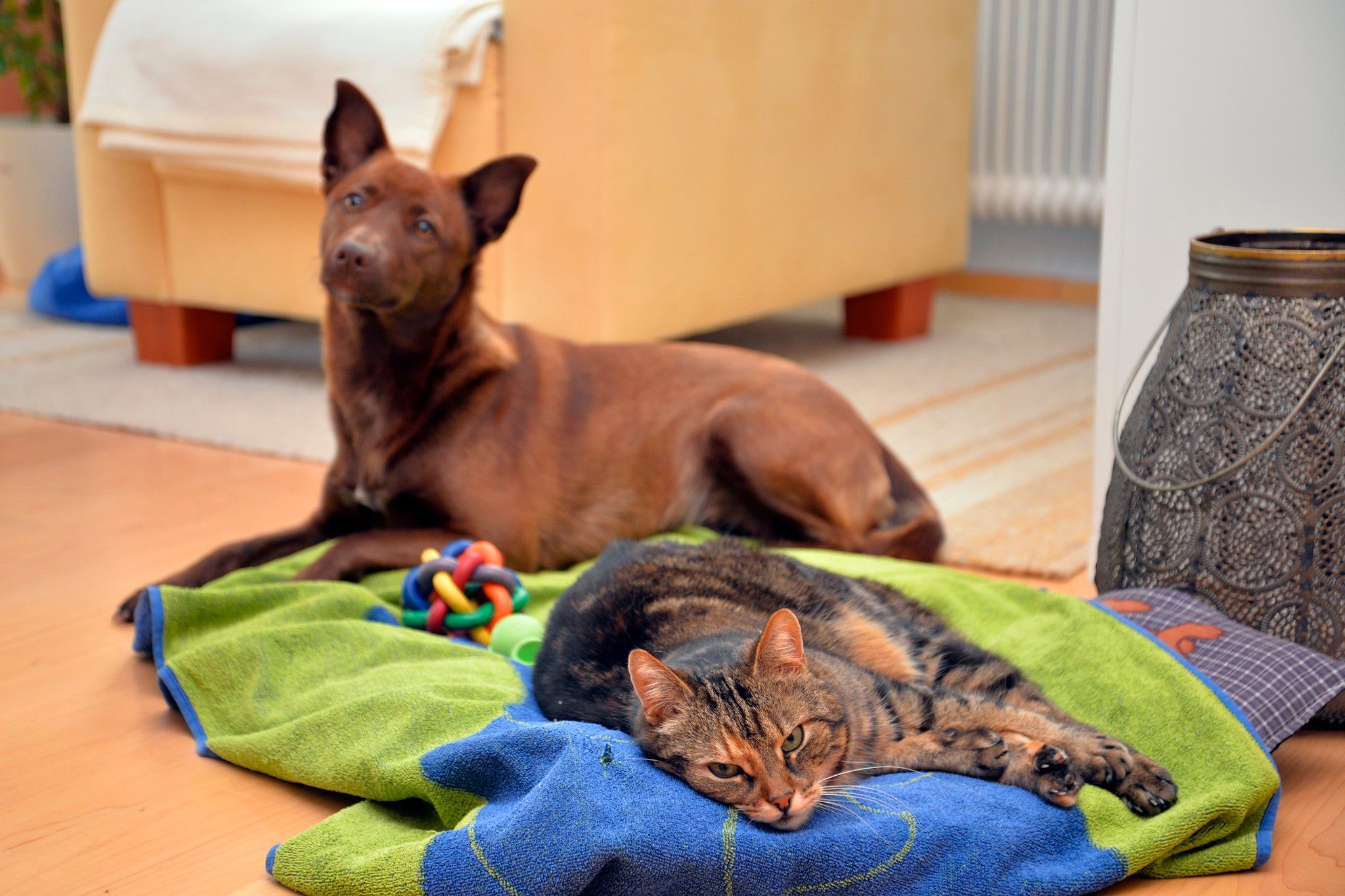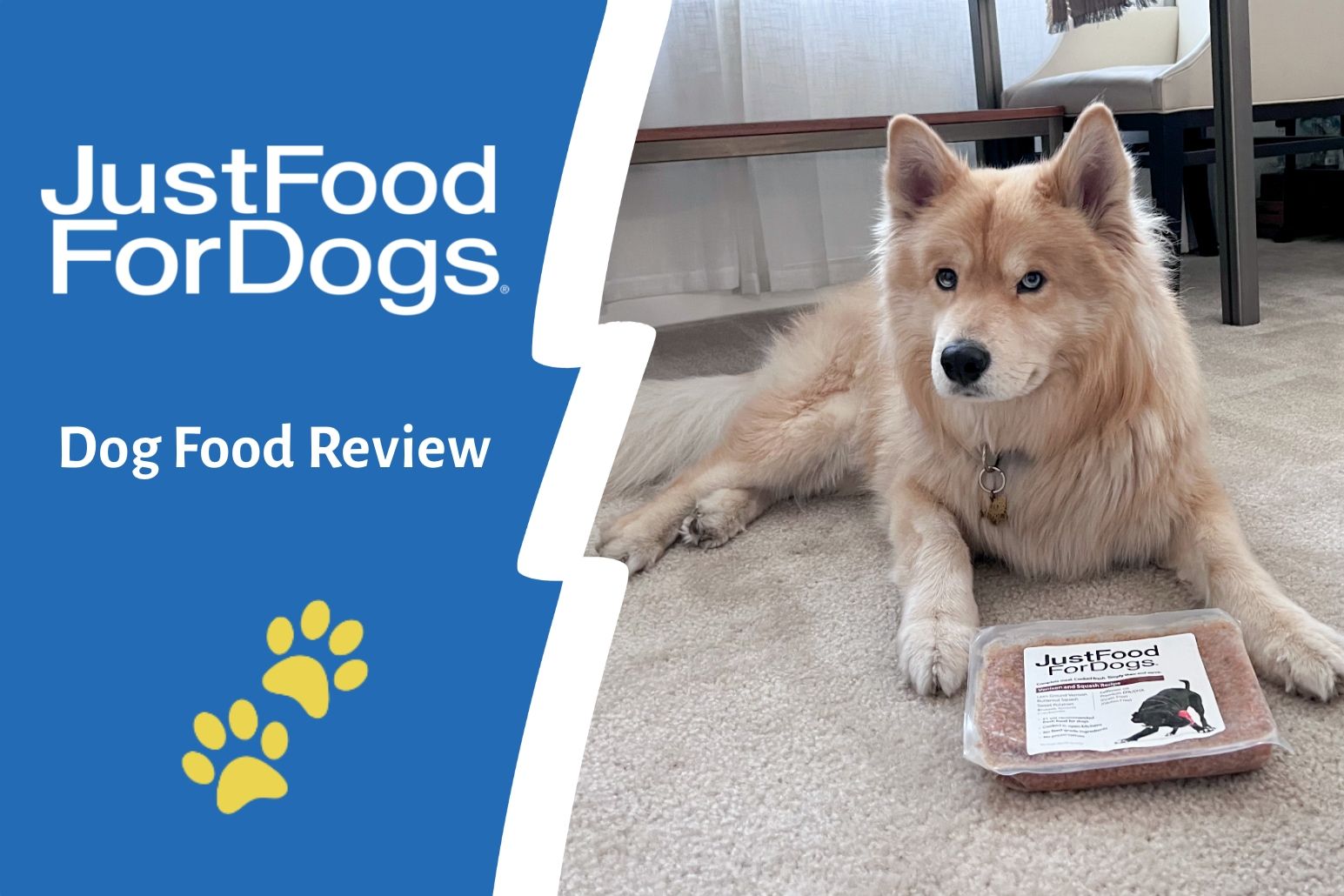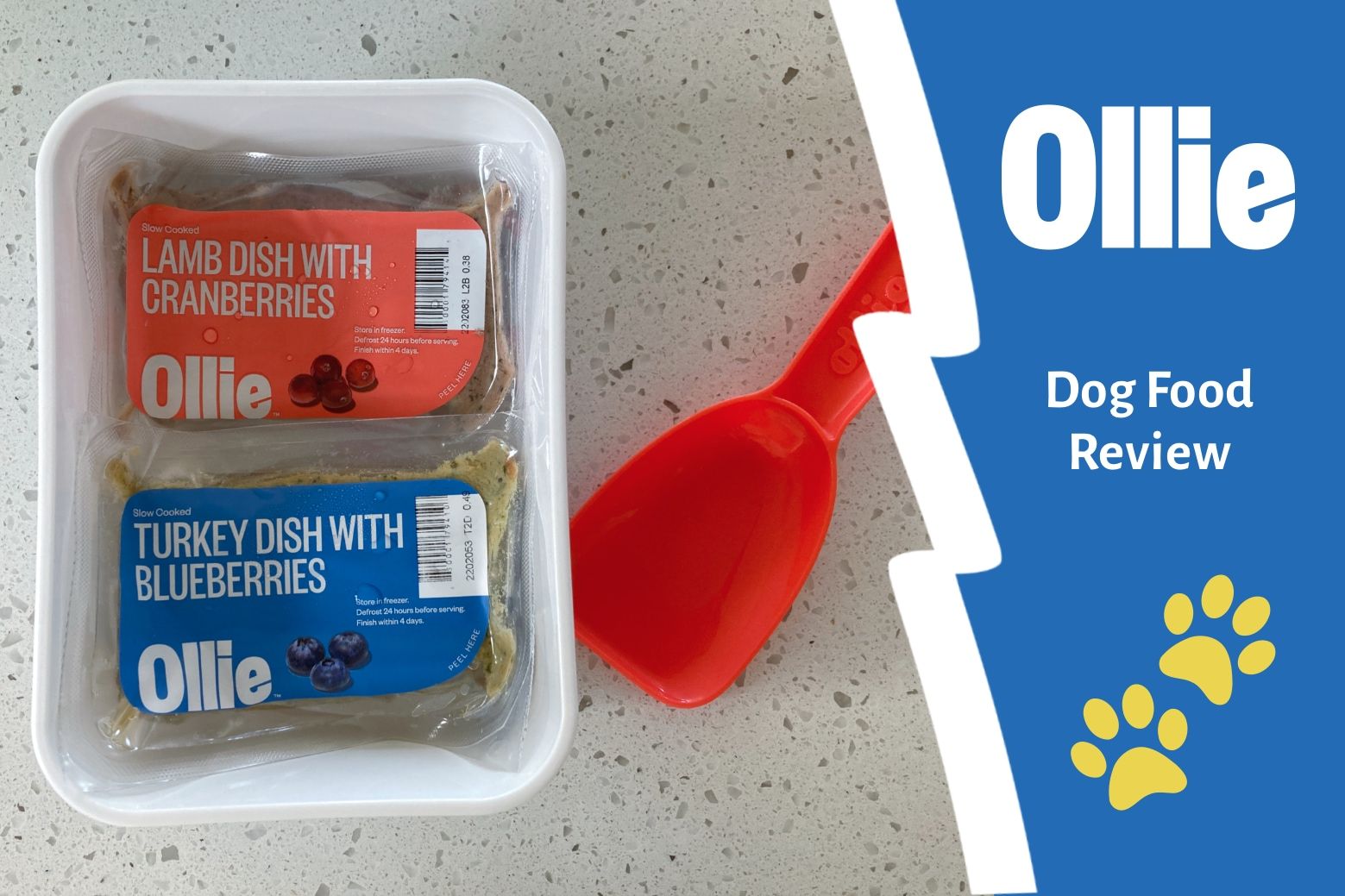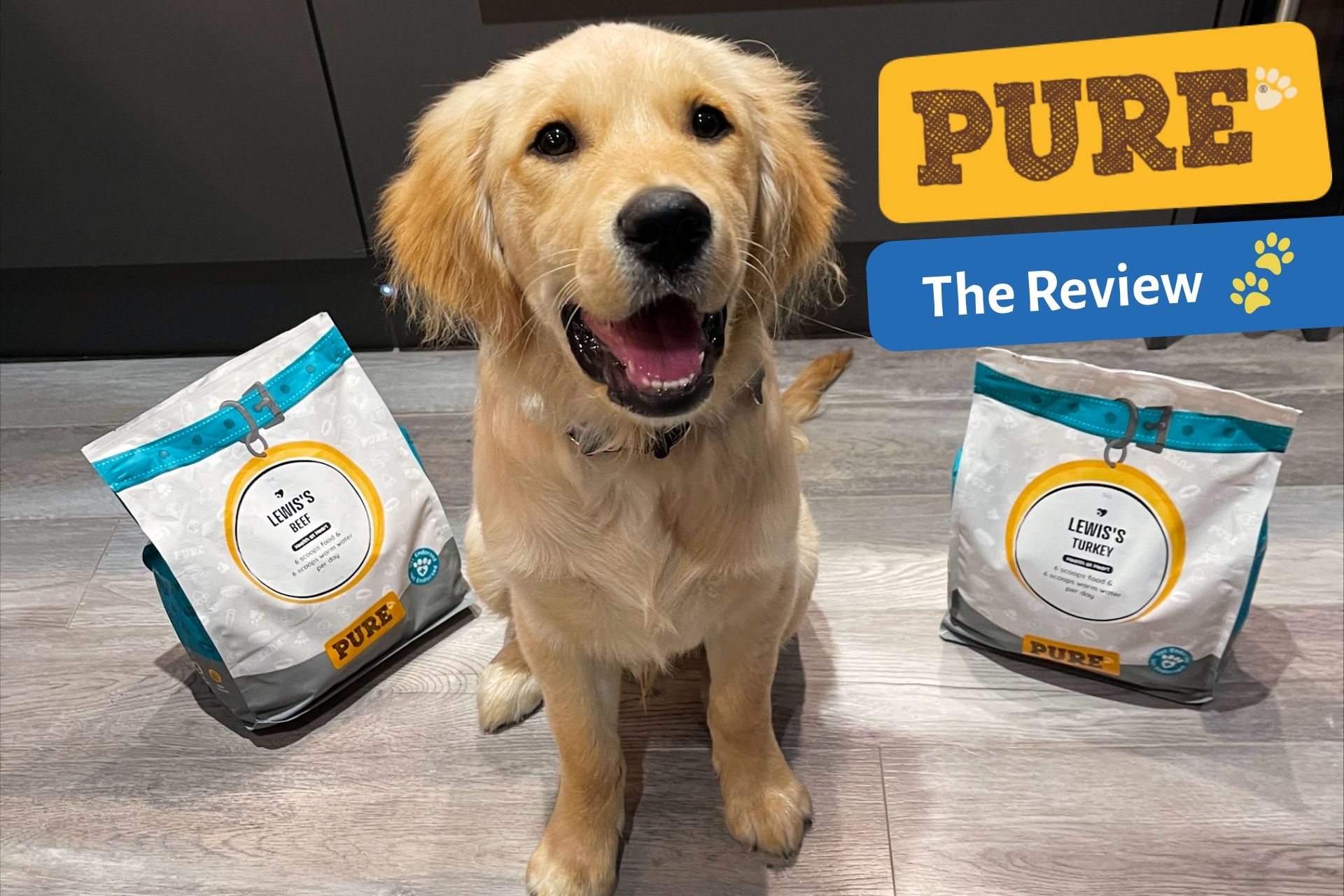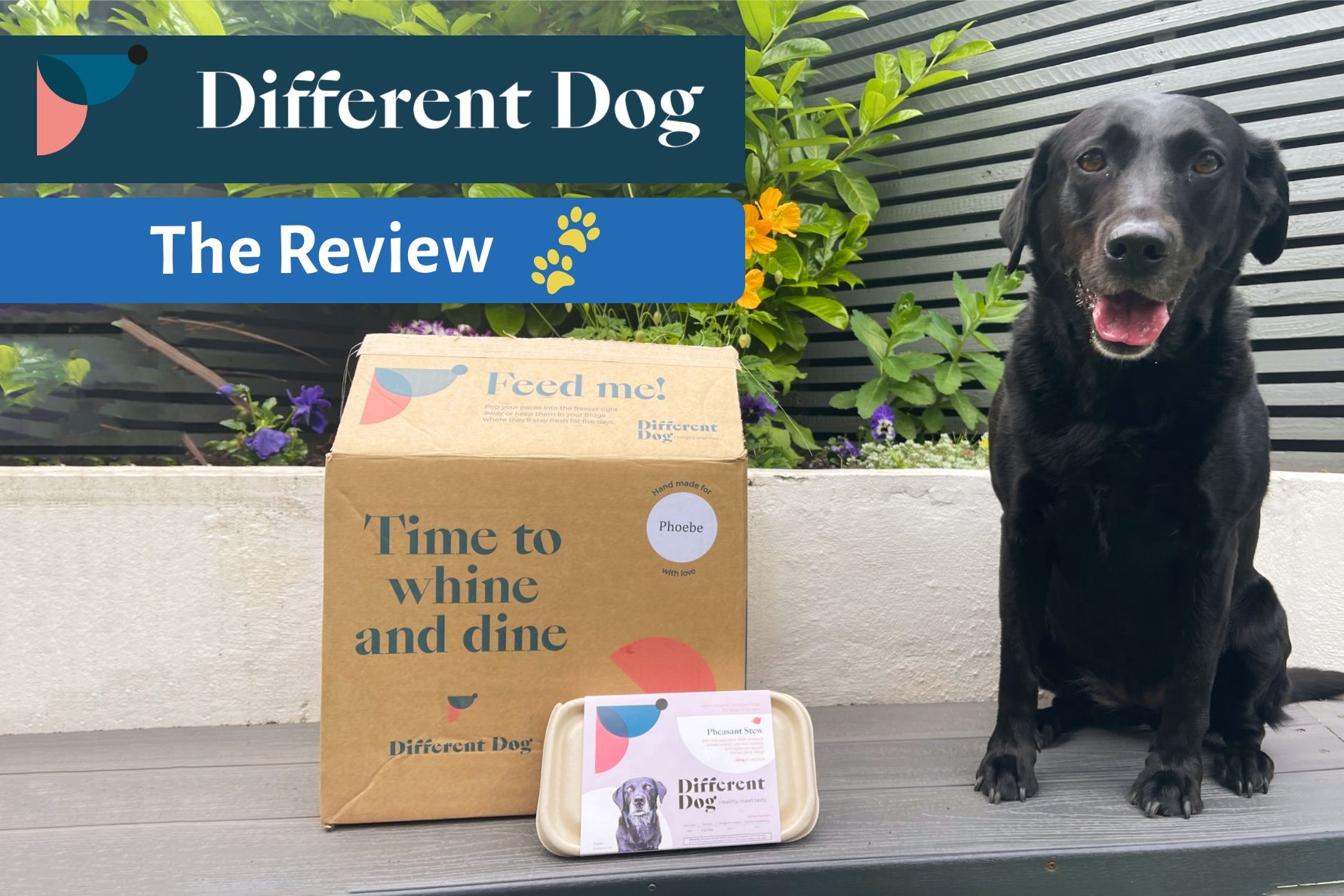Raw Dog Food Calculator
Many dog owners advocate raw feeding as a natural way to avoid added sugars, carbohydrates, and preservatives in commercial kibble. Whether you’re new to the world of raw feeding or have been rustling up raw meals for years, a calculator will come in handy to help you create balanced meals.
All raw feeding guidance is based on body weight. As a general rule, sustaining an adult dog’s ideal body condition will require feeding around 2-3% of their ideal body weight in raw food per day. This number can be adjusted based on your dog’s age, activity level, metabolism, and other factors.
Dog owners preparing raw food from scratch may have questions about the best way to formulate healthy meals. What feeding model best meets your canine’s nutritional requirements? Which raw meaty bone (RMB) types are safe and appropriate for your dog? How will you factor the RMB meat content into your muscle meat portion? Our calculator will help you out with these questions.
1. Your dog's raw feeding requirements
2. Nutrition and meal planner
Preferred raw diet ratio
Enter preferred percentages, or start from a popular preset.
Remaining % to allocate: 0.
Raw meaty bone (RMB)
Choose a common cut, or select 'Custom' to enter a percentage.
Choose a RMB with a higher bone content to meet your dog's bone intake requirements.
| Boneless meat | |
| Liver | |
| Organs | |
| Veg | |
| Total per day |
How much raw food should I feed my dog?
Raw food portions are calculated as a percentage of your dog’s body weight. The general advice is to feed adult dogs between 2.5% and 3% of their healthy weight, but remember that an adult dog’s calorie requirements are affected by many factors, including the following:
- 🏃 Activity level: Working dogs, such as sheepdogs or terriers, will burn considerably more calories (i.e., perhaps more than 3%) than a household pet, while senior dogs or those with joint problems may need less (i.e., closer to 2%). Check out our dog calorie calculator to help you determine your dog’s energy requirements based on their activity level.
- ♂ Neuter status: Dogs have a reduced basal metabolic rate and failing to account for this can lead to weight gain or obesity.
- 🐕 Your dog’s breed: Some breeds are simply more energetic, while others are genetically predisposed toward obesity.
To calculate energy requirements for puppies, you’ll need to take into account their exact age. Puppies grow quickly and have significantly higher energy requirements than adult dogs. With our calculator, you can use these figures as a starting point:
| Puppy Age | Daily Portion |
| 7 - 10 weeks | 10% - 8% |
| 10 - 16 weeks | 8% - 7% |
| 4 - 5 months | 7% - 6% |
| 5 - 6 months | 6% - 5% |
| 6 - 9 months | 5% - 4% |
| 9 - 12 months | 4% - 3.5% |
| 12 - 18 months | 3.5% - 3% |
What’s the difference between BARF and PMR models?
If you opt for a DIY approach to raw feeding, you’ll soon encounter the various popular diet ratios. Two of the most well known are BARF and PMR:
- 🥩🦴 Prey Model Raw (PMR): This model is based on the assumption that dogs are ultimately domesticated wolves, so the ratio reflects the approximate percentages of a whole prey animal: 80% meat, 10% bone, and 10% secreting organs (typically half liver).
- 🥩🦴 Biologically Appropriate Raw Food (BARF): An unfortunate acronym, but a popular ratio! This is an omnivorous diet that is similar to PMR and traditionally includes 10% fruit and vegetables, which are beneficial to some dogs. Some dog owners also opt to include nuts, seeds, or dairy products.
Each of these models has an extremely vocal and enthusiastic following and equally vocal detractors. There are also variations of these models, each attempting to provide a more nutritious, wholesome, or natural ratio for dogs. Some owners eschew ratios completely and instead prefer to feed whole prey, or an assembled “frankenprey,” insisting that this is the most natural and nutritionally appropriate meal. Ultimately, you’ll have to decide what’s best for your dog based on the advice of your veterinarian and licensed veterinary nutritionist.
What are raw meaty bones?
Bones are absolutely essential in any raw diet. They not only provide the necessary calcium and nutrients for your dog’s wellbeing, but are also important to create firm stools. Chewing bones can also help to maintain dental and gum health.
Raw meaty bones (RMBs) are edible bones covered in raw muscle meat and other connective tissue. You’ll need to choose a bone that is suitable for your dog’s size and age, and not so hard that they will damage their teeth. For help with this, check out the resources listed at the end of this page. Popular options include wings, necks, feet, and rib cages from small birds like chickens and ducks.
Remember that different RMBs contain different percentages of bone—chicken wings are only around 40-50% bone, whereas a chicken head is closer to 75%. *You must account for this when you create your dog’s meal to avoid risky nutrient imbalances. *
Here is a sample RMB calculation. Your dog needs three ounces of pure bone, and your chosen RMB is only 50% bone. You’ll need to double the weight and give them six ounces of your chosen RMB to meet their intake requirements. You’ll also need to subtract the muscle meat contained in your RMB from their calculated meat portion. The math can get quite complicated, but our calculator can help. Simply enter your RMB percentage, and the daily serving will adjust accordingly.
Finally, as with all areas of raw feeding, safety is paramount. Always avoid the following:
- ❌ Cooked Bones: Regardless of the cooking method, any cooked bone will be dry and brittle. The lack of moisture can cause them to splinter, which can cause serious injury, such as perforation or obstruction of gastrointestinal tissues. Cooked bones can also cause tooth fractures.
- ❌ Machine-cut bones: Machine-cut bones are found in many human-grade foods, but may have sharp edges that can injure your dog.
- ❌ Weight-bearing bones: Bones from large grazing animals, such as cows, can be very dense, which can cause tooth fractures.
- ❌ Bones likely to splinter: This includes bones like turkey drumsticks (i.e., legs).
How safe is a raw diet for dogs?
The CDC does not recommend feeding raw food to dogs and cats because raw meat can carry bacteria such as Salmonella, E. coli, and Listeria. Kibble, canned, and fresh dog foods are typically cooked to a sufficient temperature to kill these pathogens before sale.
Meat purchased from the store for use in a DIY raw diet can carry dangerous bacteria because it is intended for cooking and human consumption. A quality butcher can tell you where meat is from and how it has been handled, but any raw meat has the potential to carry harmful germs. Commercially prepared raw diets go through strict safety checks, but many are still contaminated. Studies show that 30% to 50% of commercially prepared and home-prepared raw diets contain harmful pathogens.
Good sanitation is crucial if you choose to feed a raw diet, especially if anyone in your household has a compromised immune system—including young children and seniors. Up to 30% of pets fed a raw diet can shed harmful bacteria in their stools that can make people or other pets sick, even if the pet eating the food does not appear sick themselves. To keep you and your family members safe, thoroughly wash your hands and all surfaces and utensils after touching any raw food. Follow all necessary precautions when storing your dog’s raw food or any ingredients intended for their meals.
Because of the large number of scientific studies that show raw-fed pets can spread serious diseases, the American Veterinary Medical Association (AVMA) and American Animal Hospital Association (AAHA) advise against raw feeding in pets. Instead, they recommend feeding commercially made dry or canned food or working with a nutritionist to formulate a safe, balanced, home-cooked diet.
Most healthy pets are not adversely affected by bacteria contained in raw diets, but those with medical conditions are more susceptible to serious infections. If you choose to make your own raw diet, your dog could face problems related to long-term nutrient imbalances. The decision to feed a raw diet is entirely up to you as a pet owner, but you should carefully consider the risks to your household and your pets and speak to a veterinary professional before making your choice.
Where can I learn more?
- RMB Directory (Perfectly Rawsome website)
- Raw feeding advice and support (Facebook group)
- Homemade raw dog food recipes (K9s Over Coffee recipe section)
- American Veterinary Medical Association (position statement)
- American Animal Hospital Association (position statement)
About YourPaws.com
Here on Your Paws, I build science-backed tools for pet owners. You'll also find vet-checked answers to common questions and in-depth reviews of food and toys, all designed to help you make the right decisions for happy, healthy pets. Read more about the site.
The content on this website is intended to be informative, but it should not be taken as a substitute for personal advice from your vet. See our editorial policy and disclosure to learn more.




